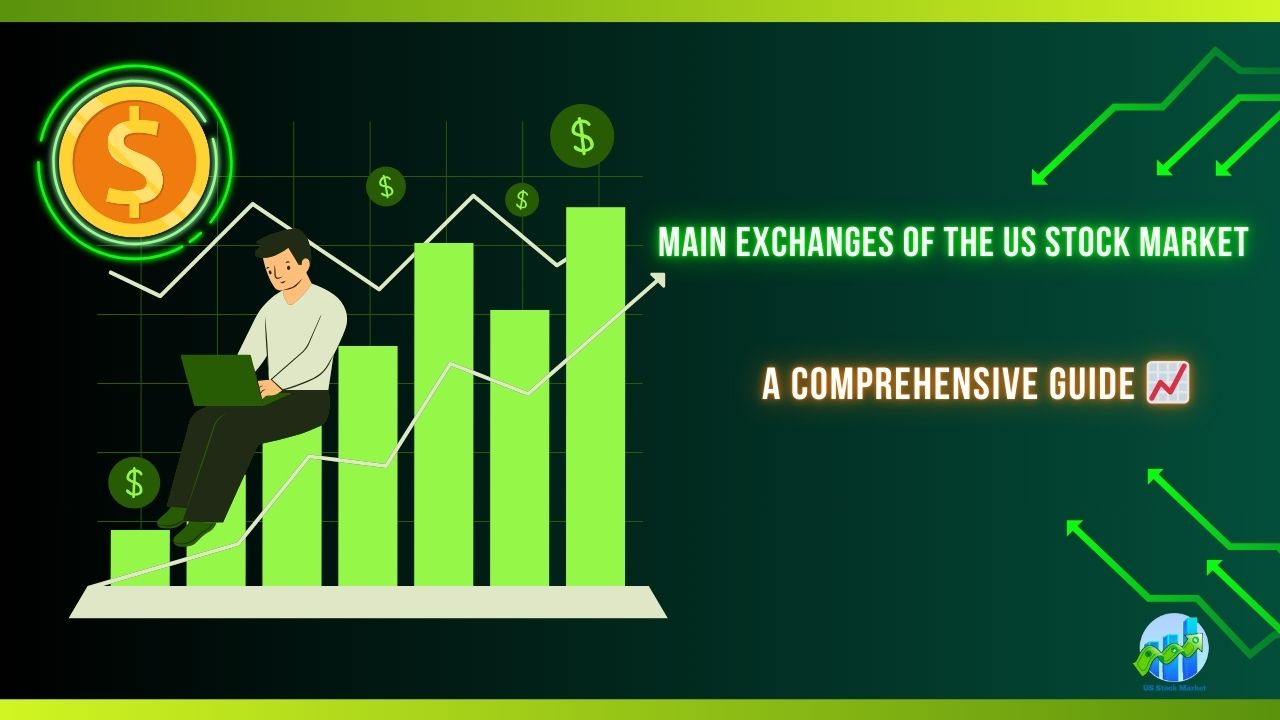Who Was the Father of the Indian Stock Market and How Was It Started?
The Indian stock market has come a long way, from its humble beginnings to being one of the fastest-growing in the world today. But like any great journey, it all began with a single step. In this blog post, we will explore the history of the Indian stock market, its origins, and the man who is often credited as the father of the Indian stock market. Let’s dive into the fascinating world of India’s financial markets! 📈💡
The Origins of the Indian Stock Market: A Journey to Growth 🌱
The Indian stock market traces its origins back to the late 19th century. However, the formal beginnings of stock trading in India can be linked to the creation of the Bombay Stock Exchange (BSE) in 1875. Initially, the stock market was an informal network of traders and brokers, gathering under the banyan tree in front of the Bombay Town Hall. This was before any formal institutions existed to regulate their activities.
The British East India Company, which had a monopoly on trade, played a key role in shaping the early stock market in India. After its dissolution in 1874, the need for a more structured financial marketplace became apparent. This led to the formation of what we now know as the BSE, the oldest stock exchange in Asia and one of the most prominent globally.
The Father of the Indian Stock Market: Shyamji Krishna Varma 📜
While many contributed to the growth of the Indian stock market, the title of “Father of the Indian Stock Market” is often attributed to Shyamji Krishna Varma. Born in 1857, Varma was an Indian lawyer, revolutionary, and financial reformist who is credited with playing a crucial role in the early stages of the Indian stock market’s development.
Varma believed that India needed to develop its own financial infrastructure to break free from British colonial rule. He was deeply committed to the idea of self-reliance, and this vision led him to make significant contributions to the Indian stock market. Varma’s dedication to the cause of financial independence and his efforts to create a vibrant, independent stock market helped lay the foundation for modern financial markets in India.
How Did the Indian Stock Market Evolve? 🚀
The journey of the Indian stock market wasn’t just about one person’s contributions. Several events over the years have shaped it into what it is today:
- The Bombay Stock Exchange (BSE): As mentioned, the BSE was established in 1875, and it became the primary platform for stock trading. Over the years, the exchange grew in size and significance, influencing the broader Indian economy. It wasn’t until the 1980s that the BSE started to experience rapid growth and modernization.
- The Role of Technology: In the 1990s, technology started playing a pivotal role in transforming the stock market. The introduction of the National Stock Exchange (NSE) in 1992 revolutionized the Indian stock market by making trading more transparent and accessible. The shift from physical trading floors to online systems brought more efficiency and speed, making it easier for people to buy and sell stocks.
- Global Integration: With the liberalization of India’s economy in the early 1990s, foreign investments began to flow into the Indian stock market, and India’s stock exchanges became more interconnected with global financial markets. This global exposure helped in increasing the market’s sophistication and competitiveness.
Key Milestones in Indian Stock Market History 📊
- The Introduction of the Sensex: In 1986, the BSE launched the Sensex (Sensitive Index), which became the benchmark for the Indian stock market. The Sensex tracks the performance of 30 well-established and financially sound companies listed on the BSE, providing a snapshot of the overall market.
- The Rise of the NSE: The National Stock Exchange (NSE) became a game-changer in the 1990s. It introduced a fully automated trading system that allowed for quicker transactions and a reduction in human errors. The NSE’s launch marked a significant shift from the open-outcry system to electronic trading.
- Stock Market Reforms: Over time, the Indian stock market has undergone several reforms, particularly in terms of regulations and investor protections. The Securities and Exchange Board of India (SEBI) was established in 1992 to regulate and protect investors, ensuring transparency and fairness in market operations.
The Future of the Indian Stock Market 🌏✨
The Indian stock market today is a dynamic and ever-evolving entity. With an expanding middle class, increased financial literacy, and advancements in technology, the stock market continues to play a crucial role in shaping India’s economic future. The ongoing globalization and digitalization of financial markets also present new opportunities for investors in India and around the world.
As we look toward the future, we can only imagine how the Indian stock market will continue to evolve. However, the vision of pioneers like Shyamji Krishna Varma reminds us that the roots of the Indian stock market were planted long ago. His belief in India’s financial independence and his contributions to the development of the market are a testament to his foresight and dedication.
Conclusion: Reflecting on the Legacy of the Indian Stock Market 👏📈
In conclusion, while there were many key players in the development of the Indian stock market, Shyamji Krishna Varma stands out as a pivotal figure in its formation and evolution. His contributions, along with the milestones achieved over the years, have helped create a stock market that is integral to the financial landscape of India today. As we move forward, the legacy of the Indian stock market will continue to inspire and shape the future of finance.
💖 Thank you for taking a journey through the history of the Indian stock market! Let us know your thoughts in the comments below!
The Indian stock market has come a long way, from its humble beginnings to being one of the fastest-growing in the world today. But like any great journey, it all began with a single step. In this blog post, we will explore the history of the Indian stock market, its origins, and the man who is often credited as the father of the Indian stock market. Let’s dive into the fascinating world of India’s financial markets! 📈💡
The Origins of the Indian Stock Market: A Journey to Growth 🌱
The Indian stock market traces its origins back to the late 19th century. However, the formal beginnings of stock trading in India can be linked to the creation of the Bombay Stock Exchange (BSE) in 1875. Initially, the stock market was an informal network of traders and brokers, gathering under the banyan tree in front of the Bombay Town Hall. This was before any formal institutions existed to regulate their activities.
The British East India Company, which had a monopoly on trade, played a key role in shaping the early stock market in India. After its dissolution in 1874, the need for a more structured financial marketplace became apparent. This led to the formation of what we now know as the BSE, the oldest stock exchange in Asia and one of the most prominent globally.
The Father of the Indian Stock Market: Shyamji Krishna Varma 📜
While many contributed to the growth of the Indian stock market, the title of “Father of the Indian Stock Market” is often attributed to Shyamji Krishna Varma. Born in 1857, Varma was an Indian lawyer, revolutionary, and financial reformist who is credited with playing a crucial role in the early stages of the Indian stock market’s development.
Varma believed that India needed to develop its own financial infrastructure to break free from British colonial rule. He was deeply committed to the idea of self-reliance, and this vision led him to make significant contributions to the Indian stock market. Varma’s dedication to the cause of financial independence and his efforts to create a vibrant, independent stock market helped lay the foundation for modern financial markets in India.
How Did the Indian Stock Market Evolve? 🚀
The journey of the Indian stock market wasn’t just about one person’s contributions. Several events over the years have shaped it into what it is today:
- The Bombay Stock Exchange (BSE): As mentioned, the BSE was established in 1875, and it became the primary platform for stock trading. Over the years, the exchange grew in size and significance, influencing the broader Indian economy. It wasn’t until the 1980s that the BSE started to experience rapid growth and modernization.
- The Role of Technology: In the 1990s, technology started playing a pivotal role in transforming the stock market. The introduction of the National Stock Exchange (NSE) in 1992 revolutionized the Indian stock market by making trading more transparent and accessible. The shift from physical trading floors to online systems brought more efficiency and speed, making it easier for people to buy and sell stocks.
- Global Integration: With the liberalization of India’s economy in the early 1990s, foreign investments began to flow into the Indian stock market, and India’s stock exchanges became more interconnected with global financial markets. This global exposure helped in increasing the market’s sophistication and competitiveness.
Key Milestones in Indian Stock Market History 📊
- The Introduction of the Sensex: In 1986, the BSE launched the Sensex (Sensitive Index), which became the benchmark for the Indian stock market. The Sensex tracks the performance of 30 well-established and financially sound companies listed on the BSE, providing a snapshot of the overall market.
- The Rise of the NSE: The National Stock Exchange (NSE) became a game-changer in the 1990s. It introduced a fully automated trading system that allowed for quicker transactions and a reduction in human errors. The NSE’s launch marked a significant shift from the open-outcry system to electronic trading.
- Stock Market Reforms: Over time, the Indian stock market has undergone several reforms, particularly in terms of regulations and investor protections. The Securities and Exchange Board of India (SEBI) was established in 1992 to regulate and protect investors, ensuring transparency and fairness in market operations.
The Future of the Indian Stock Market 🌏✨
The Indian stock market today is a dynamic and ever-evolving entity. With an expanding middle class, increased financial literacy, and advancements in technology, the stock market continues to play a crucial role in shaping India’s economic future. The ongoing globalization and digitalization of financial markets also present new opportunities for investors in India and around the world.
As we look toward the future, we can only imagine how the Indian stock market will continue to evolve. However, the vision of pioneers like Shyamji Krishna Varma reminds us that the roots of the Indian stock market were planted long ago. His belief in India’s financial independence and his contributions to the development of the market are a testament to his foresight and dedication.
Conclusion: Reflecting on the Legacy of the Indian Stock Market 👏📈
In conclusion, while there were many key players in the development of the Indian stock market, Shyamji Krishna Varma stands out as a pivotal figure in its formation and evolution. His contributions, along with the milestones achieved over the years, have helped create a stock market that is integral to the financial landscape of India today. As we move forward, the legacy of the Indian stock market will continue to inspire and shape the future of finance.
💖 Thank you for taking a journey through the history of the Indian stock market! Let us know your thoughts in the comments below!




Post Comment